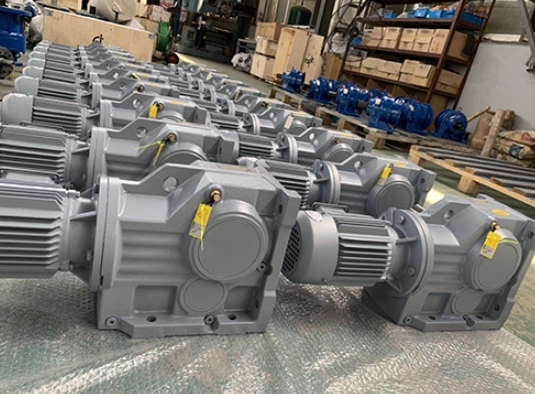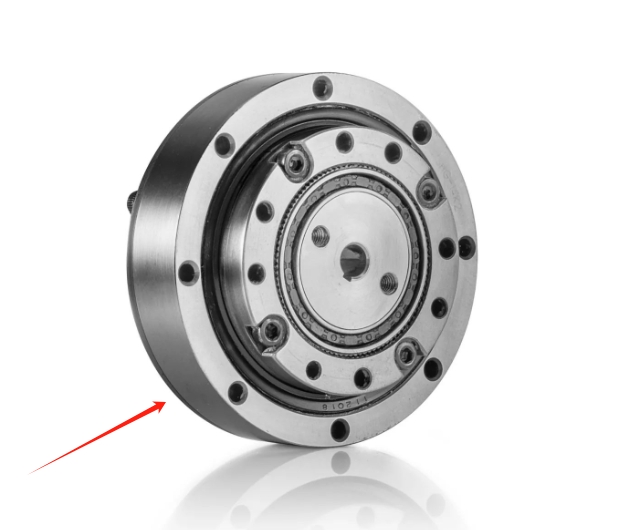In the realm of industrial machinery, gearboxes play a pivotal role in power transmission and torque conversion. Improving production efficiency in gearbox manufacturing is crucial for meeting increasing demand, enhancing competitiveness, and ensuring customer satisfaction. Here are several strategies to boost efficiency in the production of gearboxes:
Streamlined Manufacturing Processes: Implementing lean manufacturing principles and optimizing production workflows can significantly reduce lead times and minimize waste. By identifying and eliminating bottlenecks, optimizing machine utilization, and standardizing procedures, manufacturers can enhance overall efficiency in gearbox production.
Automation and Robotics: Embracing automation technologies, such as robotic arms and automated assembly systems, can streamline repetitive tasks and increase throughput. Automation not only accelerates production but also improves consistency and precision, leading to higher-quality gearboxes.
Advanced Machining Techniques: Leveraging advanced machining technologies, such as CNC (Computer Numerical Control) machining centers and multi-axis milling machines, enables manufacturers to achieve higher levels of precision and productivity. Additionally, employing high-speed machining techniques can reduce cycle times and increase machining efficiency.
Material Optimization: Selecting optimal materials and adopting innovative material processing techniques can enhance manufacturing efficiency. Lightweight and high-strength alloys can reduce component weight without compromising performance, while advanced surface treatment methods can improve wear resistance and longevity.
Integration of Digital Technologies: Embracing digitalization and Industry 4.0 technologies, such as IoT (Internet of Things) sensors, data analytics, and predictive maintenance, can revolutionize gearbox production. Real-time monitoring of machine performance, predictive maintenance algorithms, and data-driven decision-making enable proactive maintenance, minimize downtime, and optimize production schedules.
Continuous Improvement Culture: Fostering a culture of continuous improvement and empowering employees to contribute ideas for process optimization is essential. Encouraging cross-functional collaboration, conducting regular performance reviews, and providing training opportunities can drive innovation and efficiency gains across the organization.
Supplier Collaboration and Supply Chain Optimization: Strengthening relationships with suppliers and optimizing the supply chain can mitigate procurement risks and ensure timely delivery of components. Collaborating with suppliers to streamline logistics, implement vendor-managed inventory systems, and adopt Just-In-Time (JIT) principles can reduce inventory costs and improve production efficiency.
Quality Control and Assurance: Implementing robust quality control measures and investing in advanced inspection technologies are imperative to ensure product quality and reliability. Adopting Six Sigma methodologies, conducting root cause analysis, and leveraging statistical process control techniques can minimize defects and rework, enhancing overall efficiency.
In conclusion, enhancing production efficiency in gearbox manufacturing requires a multifaceted approach that encompasses streamlined processes, automation, advanced machining techniques, digitalization, continuous improvement, supply chain optimization, and quality assurance. By embracing these strategies, gearbox manufacturers can optimize operations, increase throughput, reduce costs, and deliver high-quality products that meet the evolving needs of industrial applications.





